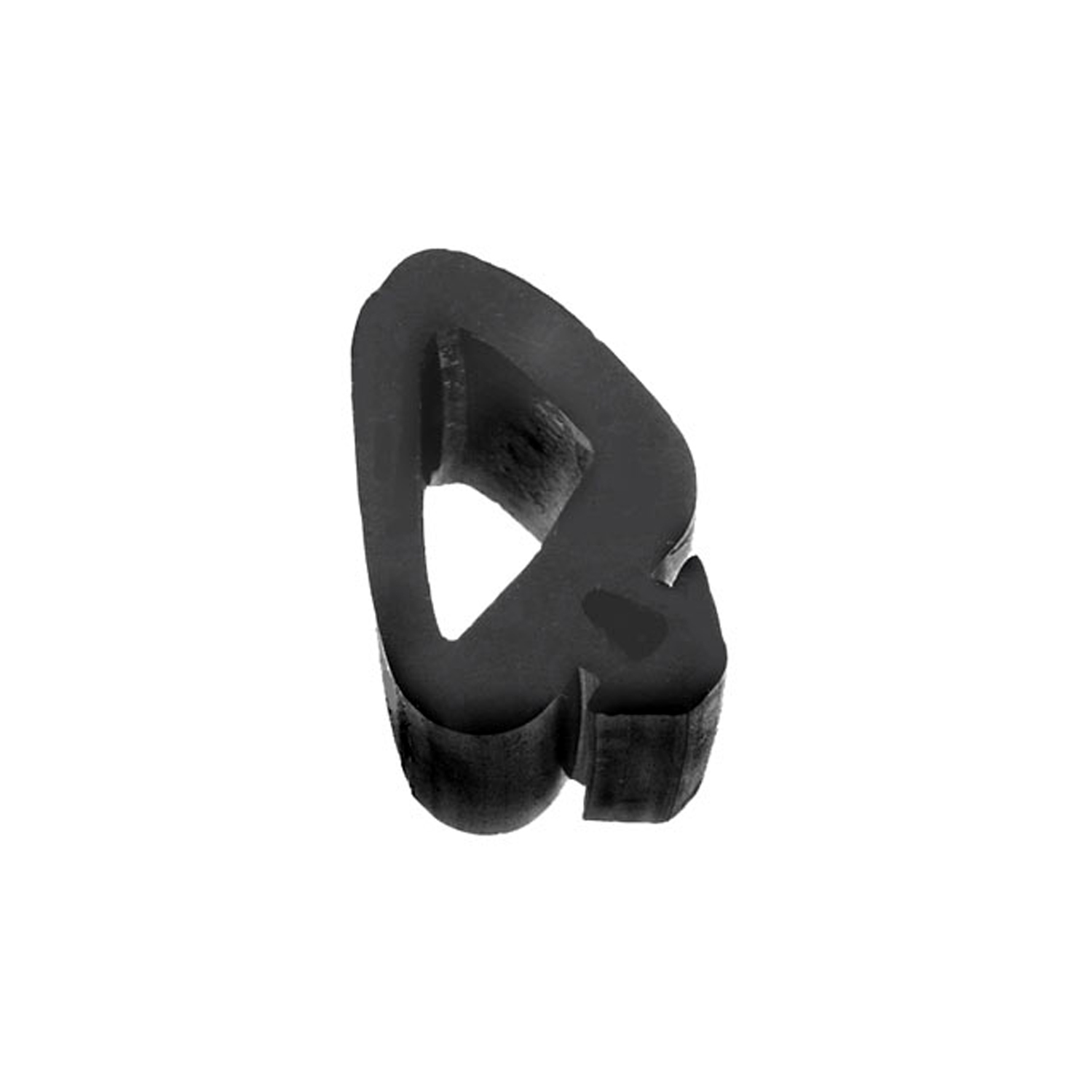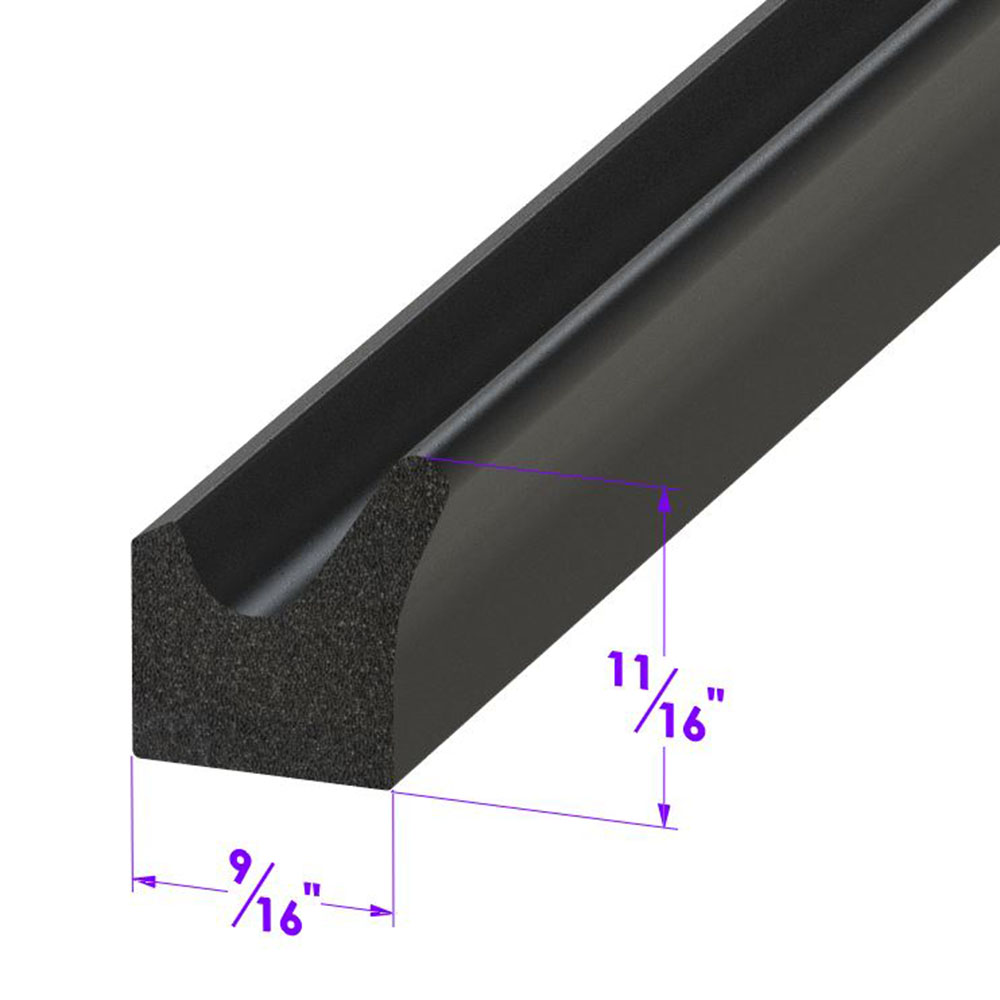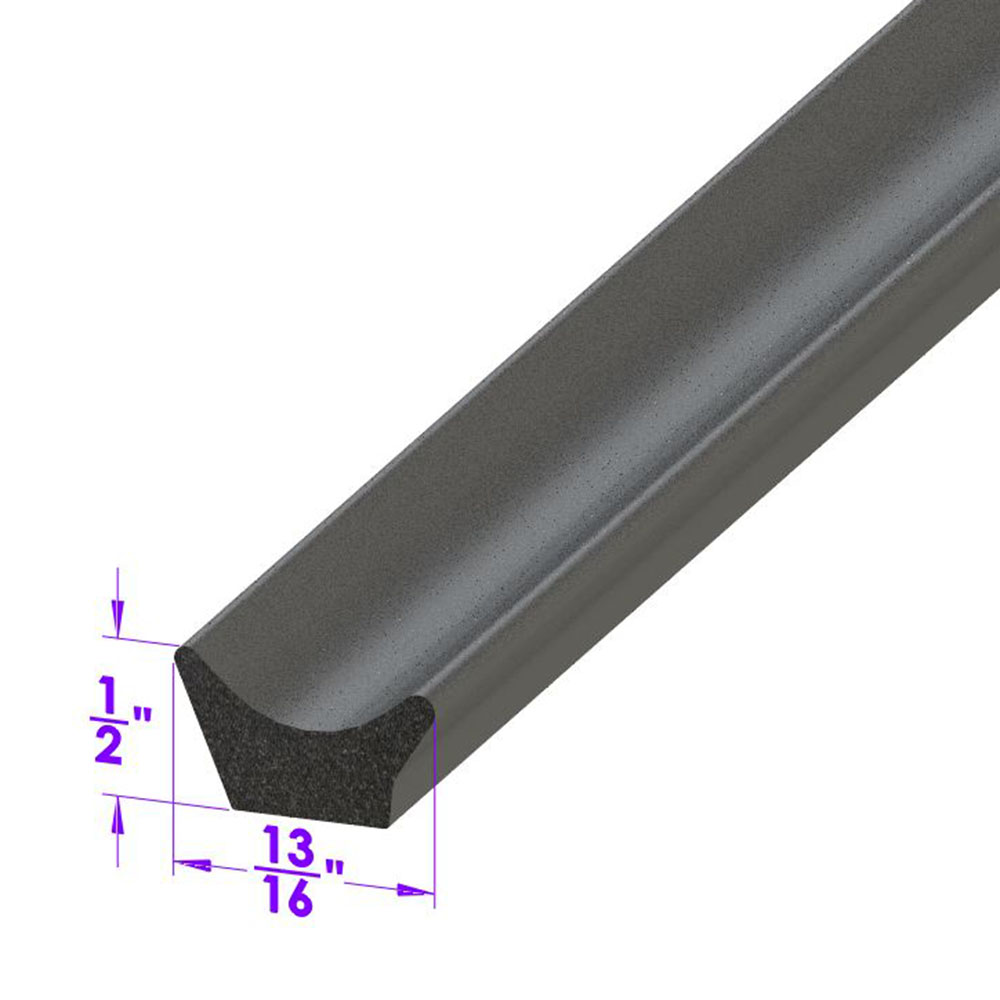Image of 1958 American Motors Ambassador, sourced from en.m.wikipedia.org , Image Link.
Performance Metrics
Fundamental Metrics
Emotional Appeal
MMP Rating
| Engine Specifications | |
|---|---|
| Engine: | 327 cu in (5.4 L) V8 |
| Displacement: | 327 cu in (5.4 L) |
| Horsepower: | 215-270 hp |
| Torque: | 360 lb-ft |
| Compression Ratio: | 9.1:1 |
| Ignition System: | Conventional points ignition system |
| Cooling System: | Liquid-cooled |
| Performance Specifications | |
| 0-60 Time: | Estimated 10-12 seconds |
| 1/4 Mile Time: | Estimated 17-19 seconds |
| Top Speed: | 115 mph |
| Transmission and Drive | |
| Drive Type: | Rear-wheel drive |
| Transmission Type: | 3-speed manual, 4-speed Hydra-Matic automatic |
| Fuel and Efficiency | |
| Fuel System Type: | Carburetor |
| MPG: | Estimated 10-12 mpg |
| Dimensions and Brakes | |
| Brakes: | Drum brakes |
| Wheelbase: | 117.0 in |
| Weight: | 3,500 lbs |
Note: Specifications for classic cars are given to the best of our ability, considering the limited and variant data available.
A Gleaming Emblem of the Jet Age: The 1958 American Motors Ambassador
The 1958 American Motors Ambassador wasn't just a car; it was a statement—a gleaming emblem of the Jet Age that encapsulated the optimism and technological prowess of its era. Born from the ambitious American Motors Corporation (AMC), the Ambassador emerged as a luxury automobile that sought to challenge the dominance of the "Big Three" automakers. Its historical significance is punctuated by AMC's bold strategy to compete in the high-end market, and one unique fact that may intrigue enthusiasts is that the '58 Ambassador was among the first American cars to offer factory-installed air conditioning, a luxury feature at the time.
Design and Innovation: A Symphony of Chrome and Fins
The exterior of the 1958 Ambassador was a symphony of chrome and sweeping lines, with tail fins that were de rigueur for the period. The car's visage was dominated by a wide grille and quad headlamps, which were becoming increasingly popular in late '50s automotive design. Inside, passengers were treated to an array of plush materials, including rich fabrics and optional leather upholstery. The dashboard was a marvel for its time, featuring intricate dials and gauges that exuded sophistication. Color options ranged from classic black and white to more adventurous hues like "Palm Beach Ivory" and "Tahitian Green Metallic," with two-tone paint jobs accentuating its stylish contours.
Body styles included sedans, hardtops, and station wagons, but it was perhaps the hardtop that most quintessentially captured the spirit of this model year. The pillarless design allowed for an unobstructed view from side to side, adding to the sense of freedom and luxury.
Historical Significance: Paving New Roads in Luxury
The Ambassador's impact on automotive design cannot be overstated. It pushed boundaries by offering upscale features at a time when such amenities were typically reserved for more expensive marques. This democratization of luxury set a precedent that would ripple through the industry for decades to come.
Performance and Handling: A Smooth Operator on America's Roads
Underneath its polished exterior, the 1958 Ambassador boasted performance figures that were respectable for its class. With a top speed in the vicinity of 100 mph and acceleration from 0-60 mph achievable in around 11 seconds, it held its own against competitors. On the road, it handled with poise—its suspension smoothing out imperfections while providing enough feedback to keep drivers engaged. The V8 engine's purr was a soothing backdrop to what was an undeniably comfortable ride.
Ownership Experience: More Than Just a Pretty Face
Ambassadors were often seen gracing suburban driveways as daily drivers, though they also made their mark in show car circles thanks to their distinctive styling. Maintenance was straightforward for mechanically inclined owners, though some components—specifically those related to its pioneering air conditioning system—could prove trickier due to their relative novelty at the time.
Fun Facts: A Car with Stories to Tell
This model has been linked with celebrity ownerships; notable figures of the day were often seen behind its wheel. While not known for breaking speed records, it did set sales records for AMC at launch. Criticisms typically centered around its size and fuel consumption—common points of contention during an era when smaller European imports began gaining traction in America.
Collector's Information: A Cherished Classic with Growing Appeal
Today, collectors might find a well-preserved Ambassador commanding anywhere from $15,000 to $50,000 depending on condition, originality, and provenance. With production numbers not as high as those from larger manufacturers, finding one can be a challenge—adding to their desirability among classic car aficionados. As appreciation for '50s Americana grows, so too does interest in models like the Ambassador—with values showing an upward trend.
Conclusion: A Lasting Legacy on Four Wheels
The 1958 American Motors Ambassador stands as a testament to an era when cars were more than mere transportation; they were aspirational symbols that captured imaginations and reflected societal ambitions. This classic continues to turn heads and stir hearts with its blend of style, innovation, and luxury—a true American icon on wheels.
1958 American Motors Ambassador Catalog of Parts
 1958 American Motors Ambassador Hood Bumper. 1-1/4" X 3/4". Each-HF 83Hood Bumper. 1-1/4" X 3/4". Each
1958 American Motors Ambassador Hood Bumper. 1-1/4" X 3/4". Each-HF 83Hood Bumper. 1-1/4" X 3/4". Each 1958 American Motors Ambassador Door side seal. Same as LP 40-A, but for a heavier seal-LP 40Door side seal. Same as LP 40-A, but for a heavier seal. Fits many domestic passenger cars and trucks. Used in Cobra kit cars as trunk weatherstrip. Per foot.
1958 American Motors Ambassador Door side seal. Same as LP 40-A, but for a heavier seal-LP 40Door side seal. Same as LP 40-A, but for a heavier seal. Fits many domestic passenger cars and trucks. Used in Cobra kit cars as trunk weatherstrip. Per foot. 1958 American Motors Ambassador Door side seal. Same as LP 40, but for a lighter seal-LP 40-ADoor side seal. Same as LP 40, but for a lighter seal. Fits many domestic passenger cars and trucks. Universal seal for street rods and customs. Used in Cobra kit cars as door weatherstrip. Per foot.
1958 American Motors Ambassador Door side seal. Same as LP 40, but for a lighter seal-LP 40-ADoor side seal. Same as LP 40, but for a lighter seal. Fits many domestic passenger cars and trucks. Universal seal for street rods and customs. Used in Cobra kit cars as door weatherstrip. Per foot.Why Choose Metro?
For over 100 years, Metro Moulded Parts has been the pinnacle of quality in classic car restoration parts. Our commitment to precision and authenticity in every component ensures a perfect fit and an OEM-level appearance.
- Expert Craftsmanship & Quality: Each part is a testament to our dedication to reliability and perfection, crafted from original designs and thoroughly tested.
- Advanced Technology: We use cutting-edge techniques to create flawless, long-lasting parts that surpass others in performance.
- SuperSoft Sponge – The Ultimate Door Seal: Not only are our door seals 30% softer than competitors', but they're also guaranteed to never leak. They effectively reduce wind and road noise, enhancing your classic car's comfort and driving experience.
- Proudly American: Our parts are a product of American craftsmanship, made in the USA with a spirit of excellence and heritage.
- Unrivaled Warranty: We back our products with a 30-year industry-leading warranty, a testament to our confidence in their quality.
Join us in preserving the legacy of classic cars with parts that are crafted for perfection, not just made.

